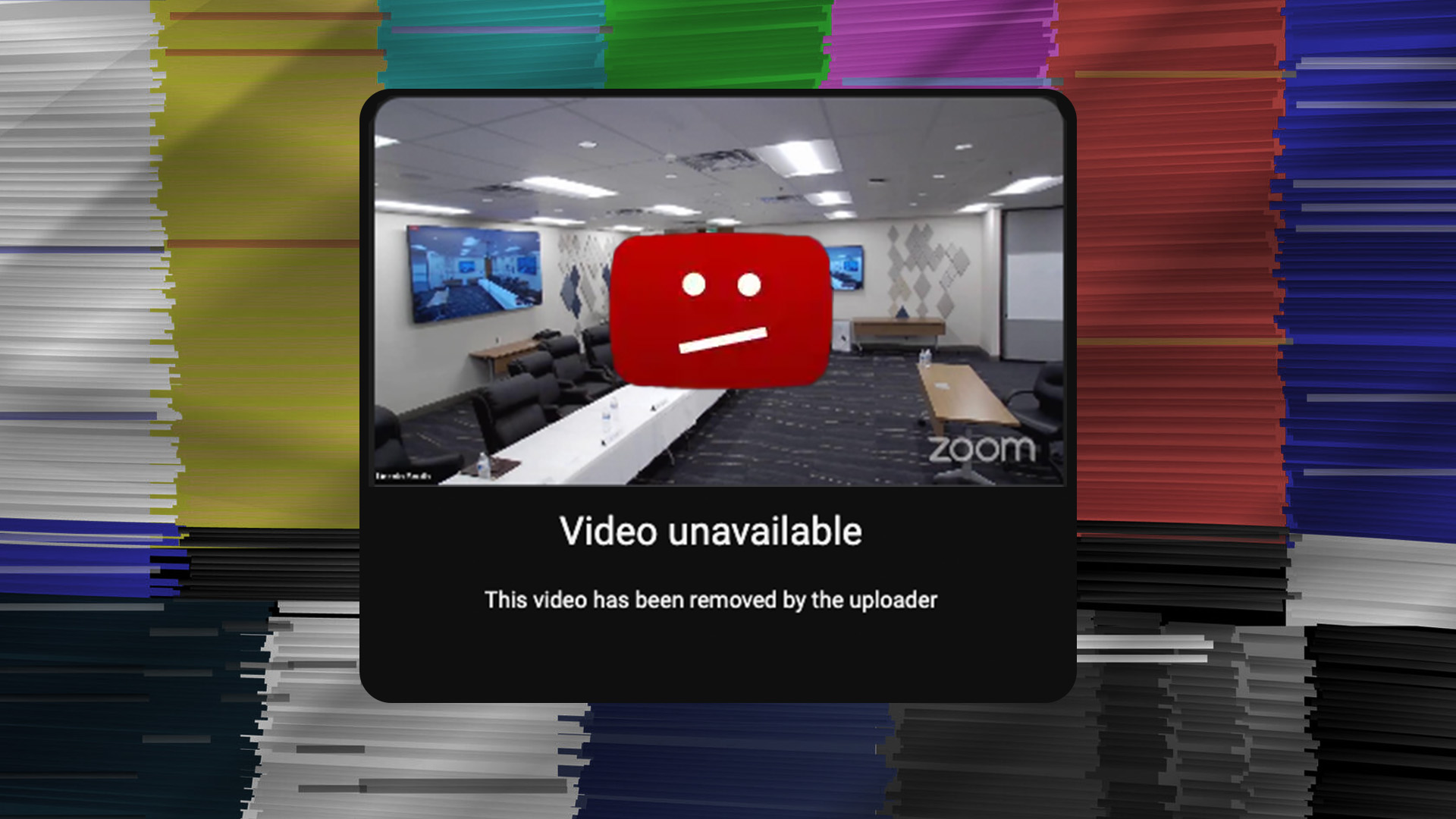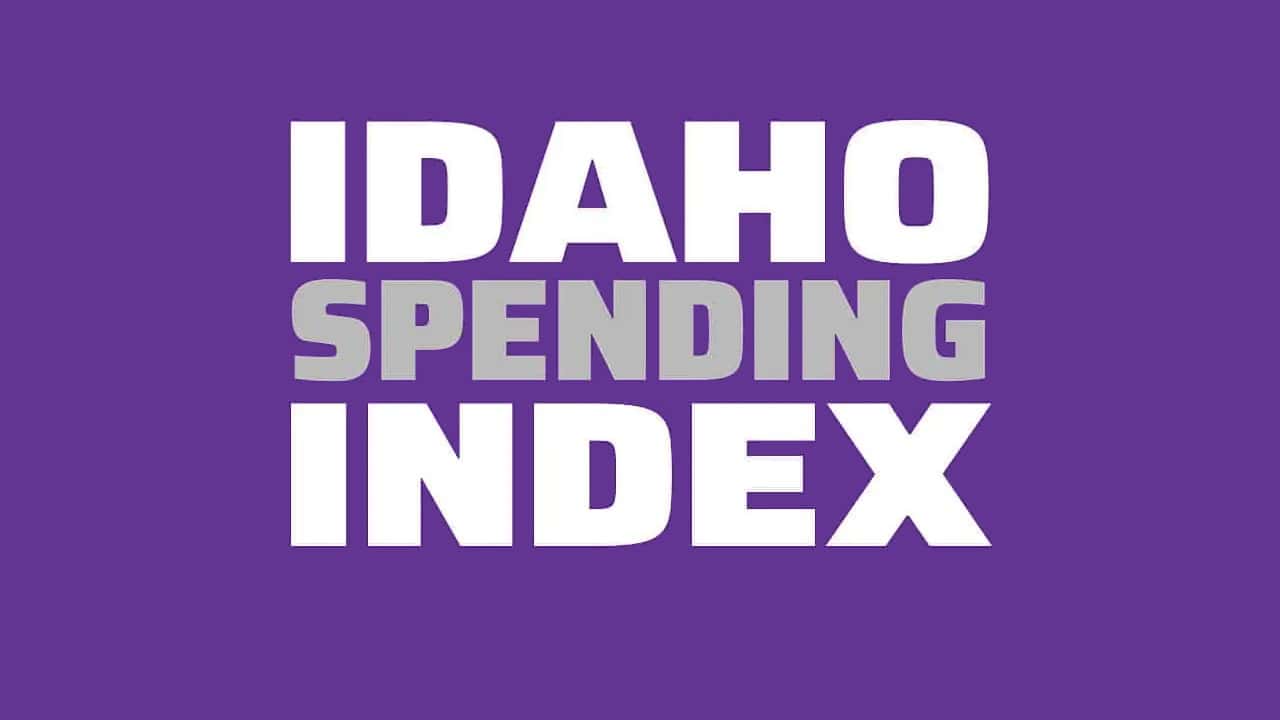


Senate Bill 1451 – Department of Correction, Appropriations FY25
The Idaho Spending Index serves to provide a fiscally conservative perspective on state budgeting while providing an unbiased measurement of how Idaho lawmakers apply these values to their voting behavior on appropriations bills. Each bill is analyzed within the context of the metrics below. They receive one (+1) point for each metric that is satisfied by freedom-focused policymaking and lose one (-1) point for each instance in which the inverse is true. The sum of these points composes the score for the bill.
Analyst: Niklas Kleinworth
Rating: -4
Bill Description: Senate Bill 1451 appropriates $372,329,500 and 2,254.85 full-time positions to the Department of Correction for fiscal year 2025.
This legislation contains appropriations for the following divisions: Management Services, State Prisons, County and Out-of-State Placement, Community Corrections, Community-Based Substance Abuse Treatment, and Medical Services.
Does this budget incur any wasteful spending among discretionary funds, including new line items? Conversely, does this budget contain any provisions that serve to reduce spending where possible (i.e. base reductions, debt reconciliation, etc.)?
Senate Bill 1451 appropriates $1.1 million to the Management Services Division for a new GPS/geolocation tracking system to monitor the location of inmates throughout IDOC facilities. It was noted that this would improve efficiency when processing inmates and it “provide[s] more opportunity for residents to make better decisions and be rewarded for doing so.” Prisons have long existed without such fine-tuned tracking systems. It is not challenging to track the location of prisoners within secured spaces. This line item is an expense based on a want rather than a need.
(-1)
Is the maintenance budget inappropriate for the needs of the state, the size of the agency, or the inflationary environment of the economy? Conversely, is the maintenance budget appropriate given the needs of the state and economic pressures?
This legislation confirms the maintenance budget for Behavioral Health Services at $135,462,000, growing it from the base by 25.2% in the last three years. This rate is just over seven percentage points higher than what would be prescribed by inflationary pressures and growth.
(-1)
Does the budget grow government through the addition of new permanent FTPs or through funding unlegislated efforts to create new or expanded entitlement programs? Conversely, does this budget reduce the size of government staff and programs except where compelled by new legislation?
The Department of Correction is seeking a substantial increase in staff. This is a trend, with this agency increasing its headcount by 149.09 full-time equivalent positions since 2020. This request would add another 84 positions agency-wide. The additions breakdown as follows:
In all, the growth in headcount in the Department of Correction is a substantial expansion in the ongoing size and cost of government.
(-1)
Does this budget contain hidden fund transfers or supplemental expenditures that work to enact new policy or are not valid emergency expenditures? Conversely, are fund transfers only made to stabilization funds or are supplemental requests only made in the interest of resolving valid fiscal emergencies?
This budget has a substantial number of supplemental requests. The following items are most concerning and an inappropriate use of a supplemental request.
The Division of Management Services requests a total supplemental appropriation of $2,629,700 for two projects. The first project would take $679,700 from the General Fund to establish a new POST training facility. The second program would provide $1,950,000 in upgrades to IDOC’s inmate management system, Atlas. There is also an ongoing component to this item in the 2025 fiscal year request. Neither of these requests were unforeseen, nor time sensitive.
There is also a supplemental appropriation of $402,000 to the Division of State Prisons for a “COVID Health Monitoring”pilot program. This program would be used for the one-time purchase of RFID bracelets that track the health of inmates. They would collect statistics like pulse, respiratory rate, and temperature. It is unclear whether these funds are from federal COVID-19 response funds, even though they are noted as a COVID response tool. It is unclear whether this program would continue once those federal dollars are unavailable.
Finally, this legislation provides $798,000 as a supplemental appropriation for the Division of Community Corrections. These funds would be used to expand the community reentry program. The request for the 2025 fiscal year would add 16.00 new positions to support the operations enabled with these additional funds. The program would provide more parole officers to supervise inmates leaving prison, who would be allowed to live in their own homes for up to six months prior to the end of their sentence.
(-1)

